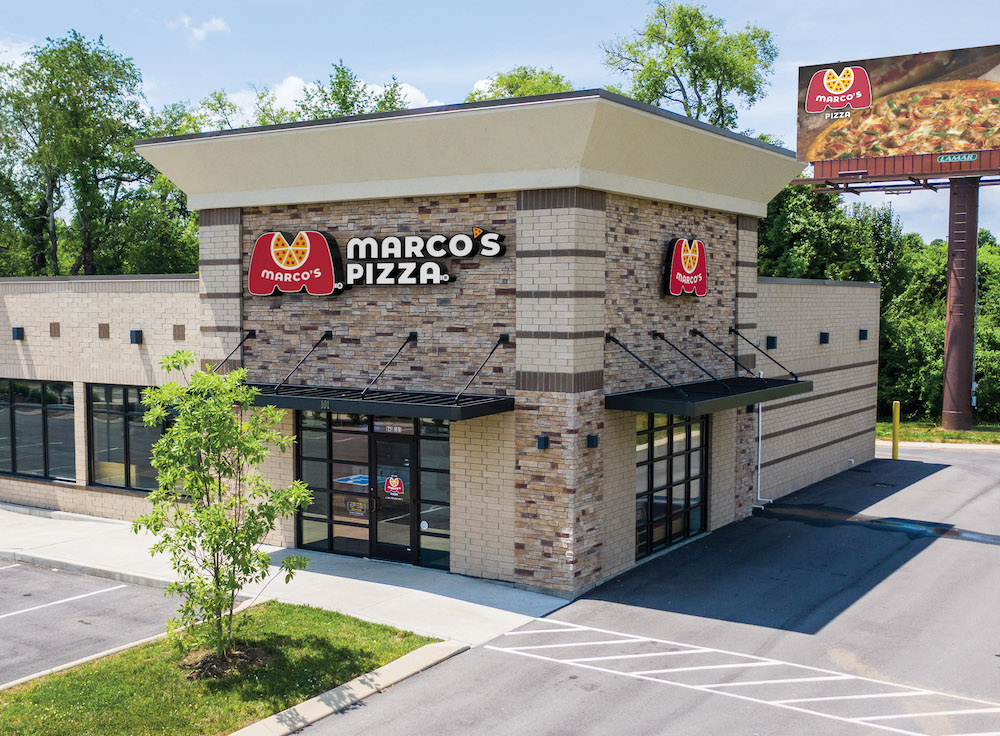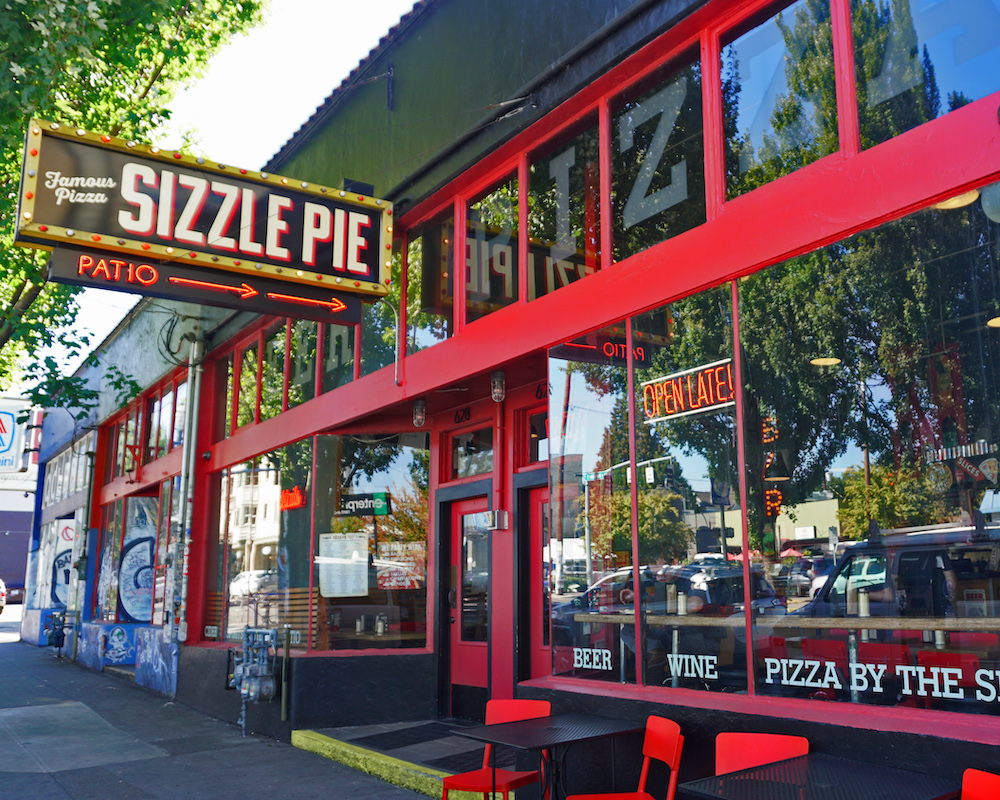- Independent operators need to think like Fortune 500 companies when it comes to choosing the right location for their pizzeria.
- As you evaluate new properties, think about factors like home ownership in the area, median household income, employment rate and crime rate.
Related: Why pizza shops are a hot commodity for buyers in 2022
“Yo, Billy, why aren’t people coming into my restaurant?” I’m asked this all the time. People tell me they have great food, great service and a great following on TikTok (who am I to argue?), but they can’t seem to get people to walk into their place. I say to them: “Do you have a great location?”
The question stops them in their tracks. Like they never thought about it before. Um, it’s Retail 101, people! I’ll bet you money that the Walmart, CVS, Walgreens, McDonald’s and Chick-fil-A in your neighborhood all think that their location is pretty great—and thought so long before they ever opened their doors. As independent pizzeria operators, we need to have the same mentality as Fortune 500 companies when it comes to location. We can’t just open a restaurant in some ol’ empty space. A successful pizzeria begins with a great location, which will determine foot traffic, business atmosphere and overall success. So where do you start?
1. Evaluate your current location. If you already have a location and are looking to move or open another, think about all of the areas in the site that can be improved upon. Of course, there are the usual nuts-and-bolts questions: Is there PVC wiring instead of copper running through the building? Did the landlord leave 10 pounds of grease that needs to be blown out to the main road? Do I need a new HVAC system? But also look critically at your business and ask yourself:
- Will I have enough traffic coming through the door?
- Is this location “business-friendly”?
- Is parking sufficient?
- What about visibility and accessibility? Is the site near a major street or through street? Is it well-positioned on a corner or main road?
We all want to learn from our mistakes. This is your chance to do better. Even if you have a restaurant that is performing well, there’s always room for improvement.
2. Put together a checklist. As you evaluate new properties, research the neighborhood you’re considering, including:
- Home ownership rates: Are people looking to raise their families here?
- Retail habits: Do people in this area like to go out to eat?
- Median household income/discretionary spending: Do people here have the money to go out to eat
- Employment rates: Are people in this area working? Are there any business sectors nearby
- Age/generation: Are there young people around? What about senior communities?
- Crime rates: Nobody wants to be mugged on the way back to their car.
When Starbucks opens a new location, they know people there will spend six bucks for a coffee. That’s important for you to know, too. My guess is that those same people will want to buy pizza from someone different than Domino’s or Pizza Hut.

Not just any location will do for a new Marco’s Pizza store.
3. Find an anchor business. A bank? Drugstore? Maybe the aforementioned Starbucks? You want to be near—preferably next to—a business that draws a lot of people, so you can get as many eyes on your brand as possible. But remember, just because there’s a massive amount of foot traffic in the area doesn’t mean people are going to beat a path to your door. What it means is that you have an opportunity to get them in your door.
4. Visit your local city hall. You’ll want to get a sense of what the next two or three years is going to look like in that area. The local city hall or appropriate municipal department or development group will know. Most cities or towns have three- or five-year plans based on federal government monies coming in. Will the streets be changing? Are new businesses moving in or leaving? How about condos? Any planned developments? Now’s the time to find out. Also, city records or publicly disclosed documents can offer insight into how businesses similar to yours are performing.
5. Work with a reputable commercial real estate broker. This one is key, because you can’t snag a great location alone. Small pizzeria owners—as much as they try, as much as they wish for it on a birthday cake—can’t get A+ locations. Look for B and C locations. Why? Because those A locations are either locked up, the rents are way too high, or the landlords just don’t want to deal with independents like you because you’re “high risk.” (Face it: The likelihood of a pizza restaurant staying around as long as a Chick-fil-A is not high.) If you contact some major real estate company as a mom-and-pop, the odds are they’re not going to call you back. A commercial real estate broker will give you some leverage—and cachet. You don’t hire a commercial real estate broker just for what they do, but for whom they know. You’re buying the contacts and the relationships. You need those if you want to play in the big-boy real-estate game.
Listen, location is often not something pizzeria operators think about once their restaurant is up and running. But it should always be a consideration. Maybe your business plan changed. This year, I’ll be launching Chef Billy Manzo Pizza, a line of frozen pizzas that will be available through supermarkets. With this new venture, I decided to phase out the Providence, Rhode Island, location of Federal Hill Pizza. I changed my focus. Maybe you have, too. Or maybe your neighborhood has changed. Maybe it was never the right fit from the get-go. Or maybe business is booming and your location has outgrown your needs. Whatever the case, it might be time to take a look at your location and see what’s what. The fact is, if people are no longer coming into your restaurant, your great food, service and TikTok followers may not be enough to save you.
Billy Manzo Jr. is a veteran restaurant operator and the owner/chef of Federal Hill Pizza in Warren, Rhode Island.















